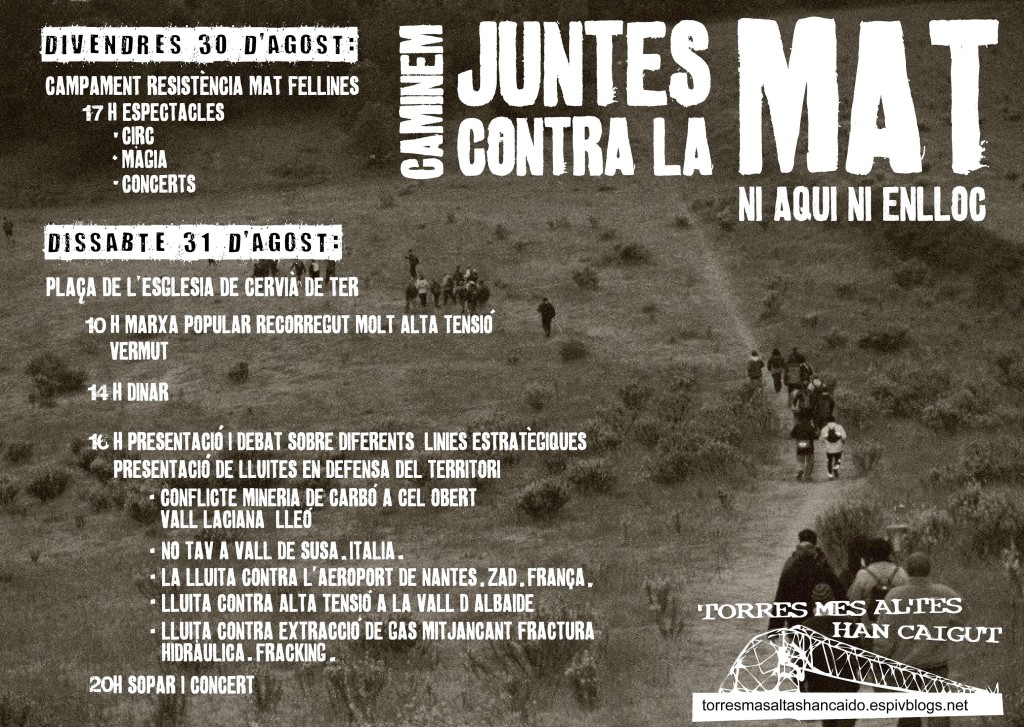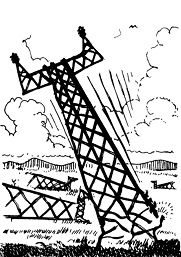 All life is interconnected. How we choose to spend the few years we’re allotted on Earth—from the interactions we have with each other to the ways we choose to heal or steal from the planet—is a serious decision with measurable consequences. Our actions as individuals determine not
All life is interconnected. How we choose to spend the few years we’re allotted on Earth—from the interactions we have with each other to the ways we choose to heal or steal from the planet—is a serious decision with measurable consequences. Our actions as individuals determine not
just how our day will unfold but how future generations will be able to live. We are born with the privilege to determine what quality of air our children will breathe, what temperatures their planet will maintain, what fauna and flora they will gaze at in wonder.
And yet, as self-evident as this fact may be, it sadly seems inacted upon by the vast majority of the world. For if all individuals truely took the time to reflect upon the impact of their actions and chose to actually do something about it, we would live in a world filled with more human
contributors to the community of life, not just conquerors of it. With the incredible power the human species has stolen from the earth, comes the incredible responsibility to facilitate other species’ reclamation
of our planet. Indeed, choices as simple as how one chooses to interact with nature, to feed themself, or to survive and provide for themself, are ones that, from a critical standpoint, should not be taken lightly.
When we choose to affect the world around us directly, we begin to live our lives as if they actually mattered. We begin to realize the potential every person has for making this world a better place to live and thrive in. We begin to grow.
In many ways, one’s conscious relationship with mushrooms can directly foster this desire for change. The complex life cycle of mushrooms provides profound and novel examples (to civilized humans) of networking between different species and environments not exhibited by most other life forms. These actions show a concern for not just the mushroom involved but for the surrounding environment as well. We believe that as one learns more about these habits, and the ways in which they can influence our own human behavior, one quickly begins to perceive the interconnectedness of life surrounding them all the more clearly.
Mushrooms spend the majority of their lives as a vast underground web like structure referred to as mycelium. This mycelial network has been called the earth’s central nervous system—its natural internet some say—due to the way in which information and resources (such as water and minerals) are exchanged and communicated through it in a methodic, rapid, and seemingly sentient manner. Adaptive, creative, and aware, the mycelial network interacts with its host environment as though keeping the health of the greater system in mind.


 Radio Blackout – Torino
Radio Blackout – Torino Radio Bronka – Barcelona
Radio Bronka – Barcelona Radio Klaxon – ZAD Notre Dame de Landes
Radio Klaxon – ZAD Notre Dame de Landes Police Spies Out of Lives
Police Spies Out of Lives Contrainformación Anarquista
Contrainformación Anarquista Luca Zanette
Luca Zanette The anarchist library
The anarchist library Khimki Forest
Khimki Forest No Mat Catalunya – Campada
No Mat Catalunya – Campada No THT France
No THT France NoTav
NoTav ZAD – NotreDame de Landes
ZAD – NotreDame de Landes Usurpa!
Usurpa!